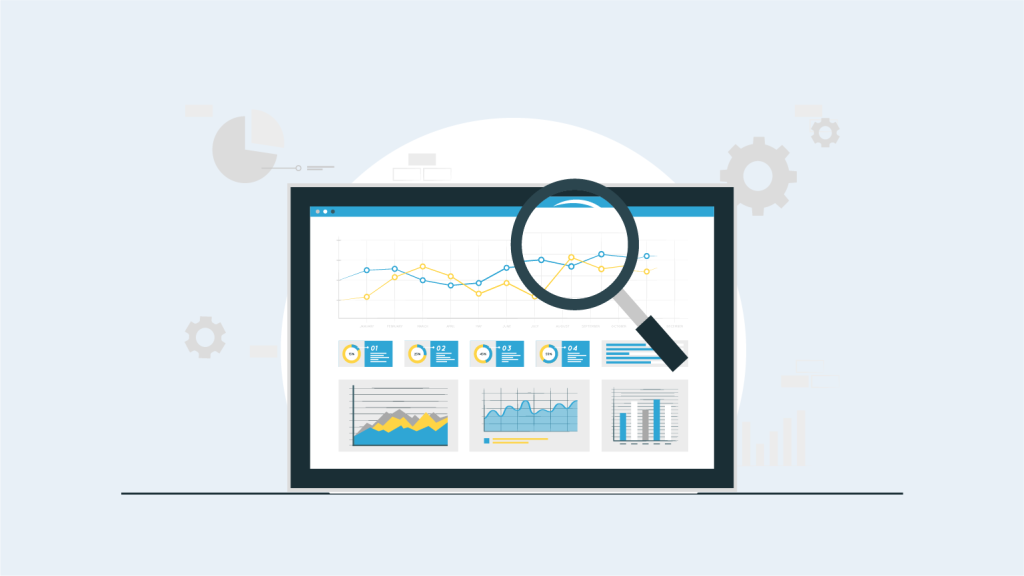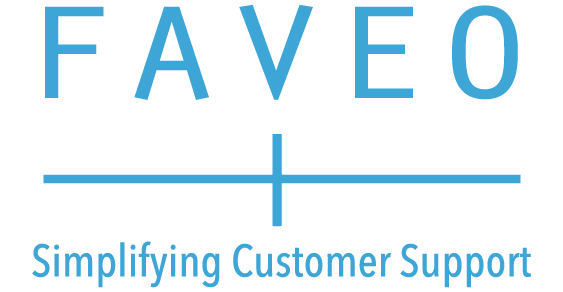If you are a manager, you probably keep an eye on several metrics related to your business requirements. While trends and values are constantly evolving. You might wonder what these metrics mean and how it is going to influence the performance of your team.
However, the complexity of helpdesk performance metrics sometimes is hard to comprehend, which has chances of miscommunication that can hinder the overall performance of the customer support team.
So, it is important to have a clear understanding of the right metrics. This knowledge gives you and your team the confidence to make educated and informed decisions. To assist you on this journey we have curated a list of top key helpdesk metrics that will help you and your team to perform at their best.
But before that let’s understand,
What Is Performance Helpdesk Metrics?
Performance helpdesk metrics are referred to as data that can be measured to track the processes such as activities, employees’ behaviour and their productivity. It also helps in assessing the overall efficiency of the helpdesk.
It includes data such as customer satisfaction, resolution time, first contact resolution rate etc. By tracking and analysing these metrics businesses can leverage these data to improve the performance of the helpdesk which ultimately results in improved customer efficiency and overall operational efficiency.
Key Helpdesk Performance Metrics
It is vital to have a clear understanding of the right metrics to lead your team with confidence. To help you we have created a list of helpdesk performance metrics that guarantees the optimal performance of your team.
Ticket Volume

Ticket volume tells the total number of inquiries received by the helpdesk. This metric helps in recognizing patterns that assist in understanding the trends and you can leverage these metrics to meet customer demands by adjusting the resources.
Channel Volume
Channel volume is a metric that measures the number of customer inquiries across different support channels like phone, email, live chat forums, social media channels and knowledge base.
Going through channel volume can help in training, staffing, and even in the distribution of resources.
Completion Of Tickets
This metric keeps the tab on the number of tickets resolved. In an ideal scenario, every ticket opened is resolved.
However, if in case there is a delay is a resolution. It is pertinent to explore options such as extending training programs, increasing the workforce and integrating advanced customer service tools to meet customer demands.
Agent Utilization
Agent utilization is simply the proportion of time spent by agents during their working hours. It is calculated using the formula
Agent Utilization: (Total Time Spent on working / Total Time on shift) x 100.
As per this calculation, if agent utilization is low that means the team is not working at its best, and the expenses for each customer contact are high. This high cost can lead to an overburden on representatives which will ultimately lead to elevated turnover.
Response Time

It is the measure of the time between the ticket created by a customer and an initial response given by an agent. A quick response time is very important to make sure that the customer is satisfied and tracking this metric helps in finding the bottlenecks that are causing delays.
First Contact Resolution Rate
This metric tells the percentage of inquiries that are resolved on the first instance. A high FCR rate indicates that the staff is highly trained and equipped to provide good customer service.
Backlog
Backlog is a result of tickets beyond the level the agents can handle. Once a backlog arises it becomes difficult to catch up which in turn affects the response time.
Knowledge base and other self-service solutions like chatbots, community forums, self-help portals and automated password resets are some of the best ways to handle the backlog.
It is always a good idea to track the backlog and see where it is coming from. This way you can allocate the best agents to help the team and provide resources
Customer Satisfaction

Customer satisfaction is a metric that should be kept at the top of the priority list. This metric is linked to other metrics like FCR rate, resolution time and completion of tickets.
Conducting a customer satisfaction survey regularly, be it quarterly or biannually will always help in assessing where your company stands and what you can do to improve it.
Agent Satisfaction
The happiness of your agents is directly proportional to the customer satisfaction. When your agents are burdened with excessive work it affects the metrics that we have discussed above. Assess agent satisfaction with internal surveys and one-on-one meetings with the manager. And consistently work towards a happy and well-balanced workforce.
Major benefits organizations can achieve by tracking Helpdesk Performance Metrics
- Help desk optimization can lead to lower costs, increased productivity, and improved output quality, which in turn results in higher customer satisfaction. Metrics such as ticket volume, channel volume, and completion of tickets help in assessing if the help desk is meeting its key performance indicators (KPIs) and increasing customer satisfaction.
- Monitoring agent utilization and performance metrics helps in making decisions regarding hiring more help desk agents or reallocating resources to meet customer demand. This leads to optimized resource management and cost savings.
- Measuring metrics fosters accountability and keeps stakeholders updated on the help desk’s performance, leading to increased transparency and quicker problem resolution. By looking for patterns and trends in the metrics data, technicians can identify common issues and take steps to fix them, leading to continuous improvement and enhanced customer experience.
- Tracking metrics such as first response time, time to resolution, and customer satisfaction can lead to improved customer satisfaction, loyalty, and retention. This, in turn, can lead to increased revenue and business growth.
- Help desk performance metrics can align support teams’ performance with the organization’s overall goals by setting KPIs linked to business objectives, demonstrating their value to the organization and contributing to its success.
Implementing a Performance Metrics System
While implementing a performance metric system to your organization it is important to create a plan that is tailored to your business’s unique needs. Here are 3 steps that you should consider while implementing the performance metrics.
1) Selecting Relevant Metrics
It majorly involves aligning with the organization’s goals using SMART criteria (specific, measurable, achievable, relevant and time-bound) to make sure that the metrics are well-defined, realistic and relevant to the goals. Regular reviews and managing metrics by avoiding information overload is one of the must-do of selecting metrics. It is also essential to consider stakeholder input and assess cost-effectiveness while choosing important metrics.
2) Tools and Software
While selecting tools for implementing performance metrics, it is pertinent to see the business requirements and the type of metrics that are more aligned with its operation. For this purpose, you can choose tools for tracking key performance indicators, business intelligence platforms, dashboards and analytics software.

3) Data Collection and Analysis
Data collection is simply gathering relevant data and information while data analysis is done by tracking the different metrics and providing insights on the basis of that, which allows to uncover the trends that can help in achieving the business goals.
Final Words
A thorough understanding of helpdesk performance metrics is essential for optimizing customer support. In summary, help desk performance metrics are essential for improving end-user productivity, reducing the total cost of IT support, and driving success by ensuring efficient, high-quality support and aligning support team performance with the organization’s overall goals. This comprehensive guide offers you a key understanding of helpdesk metrics that help you streamline operations, boost customer support and give more power to the team for providing exceptional helpdesk services.


